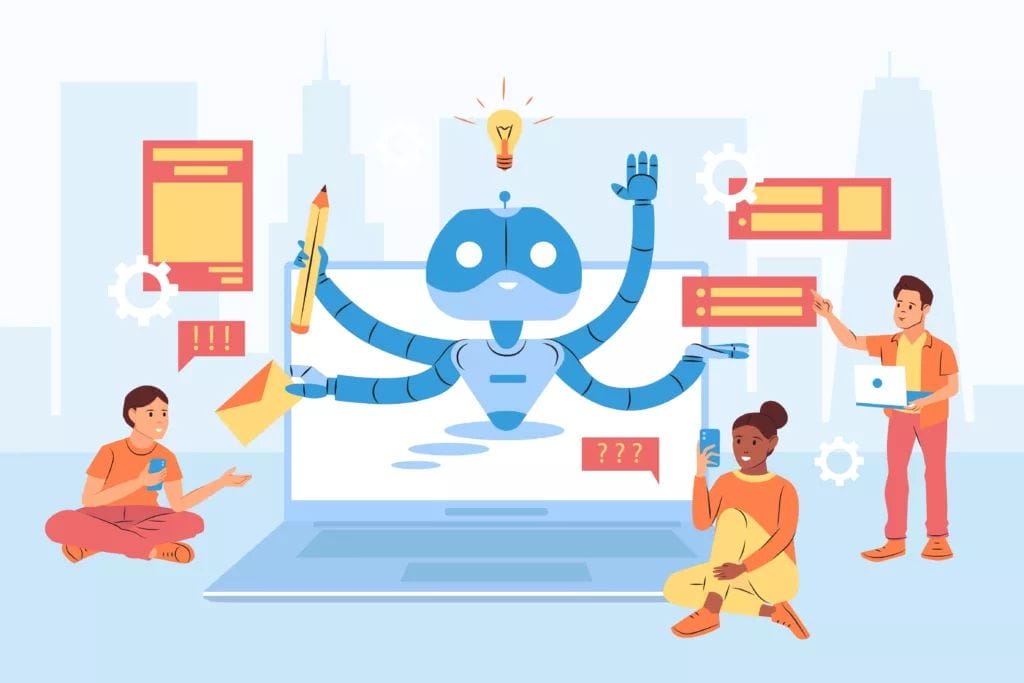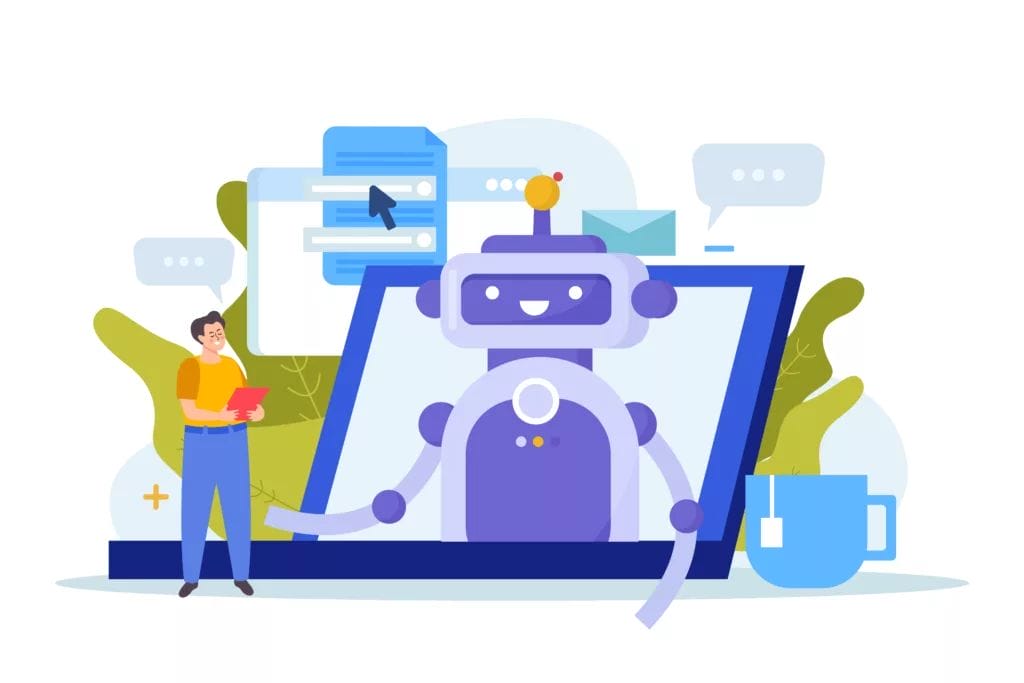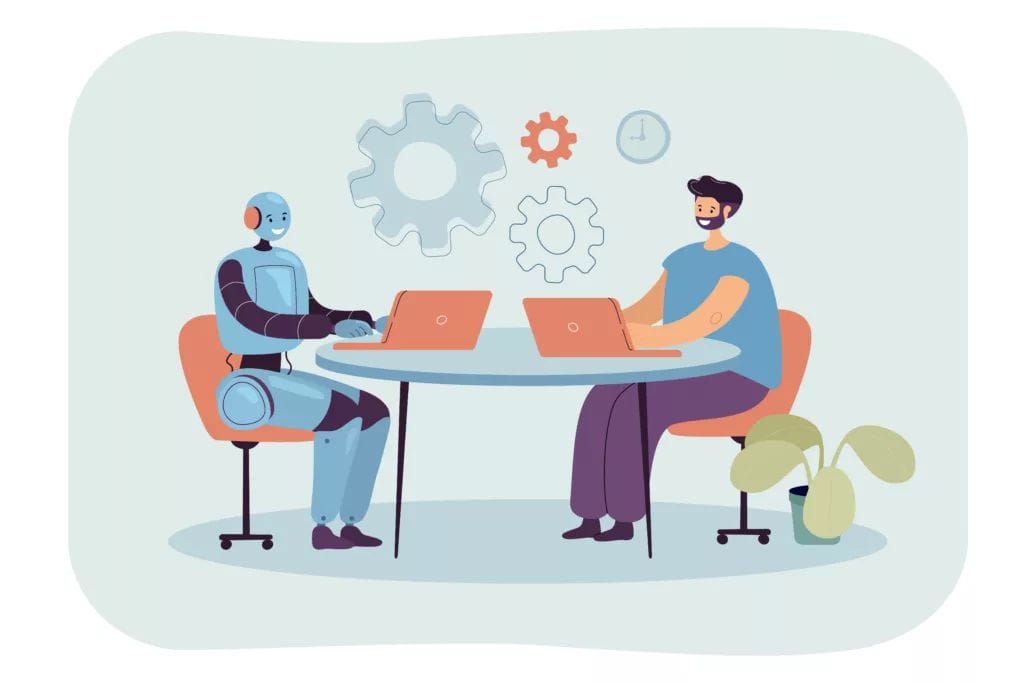
How Can Chat GPT Transform Your Tech Stack and What Are the Key Strategies for Successful Integration?
- Chat GPT enhances tech stacks with advanced language processing, necessitating strategic integration for efficiency and innovation across various industries.
- Successful integration involves evaluating and adapting tech infrastructure, ensuring compatibility with existing systems, and addressing scalability and data security concerns.
- In cloud and on-premise systems, leverage APIs and adapt infrastructure for seamless Chat GPT integration, balancing control and scalability in hybrid environments.
- Effective data management is crucial, focusing on preprocessing input data for Chat GPT and efficiently managing and securing the AI-generated output data.
- Customization and regular updates of Chat GPT are essential for industry-specific relevance, maintaining performance, and ensuring long-term integration success.
- Troubleshooting includes addressing technical compatibility, user experience issues, and establishing ongoing support and maintenance routines for continuous system optimization.
Chat GPT significantly advances tech stacks through strategic integration, addressing industry needs with enhanced language processing. Moreover, key to its success are infrastructure adaptation, data management, and API utilization for both cloud and on-premise systems. Continuous customization, updates, and troubleshooting ensure its relevance and optimal performance.
Chat GPT and its relevance in the current tech landscape

In today’s technological landscape, Chat GPT emerges as a groundbreaking AI, revolutionizing how we interact with digital systems. Furthermore, its advanced language processing capabilities make it an invaluable asset for enhancing existing tech stacks. Integrating Chat GPT is not just a trend but a strategic necessity, offering unparalleled efficiency and innovation opportunities.
This article delves into the practicalities and methodologies of embedding Chat GPT within current technological frameworks. We’ll explore key integration strategies, address potential challenges, and highlight the transformative impact on various industries. Join us as we navigate through the essentials of harmoniously blending Chat GPT with your existing tech architecture.
Assessing the Compatibility of Chat GPT with Your Tech Stack
Integrating Chat GPT into an existing tech stack begins with a thorough evaluation of the current infrastructure. Identifying potential integration points requires an understanding of your system’s architecture, data flow, and processing capabilities. Nevertheless, key areas to examine include APIs, data storage solutions, and existing AI implementations, if any. This initial assessment ensures that Chat GPT can seamlessly blend into your ecosystem, enhancing rather than disrupting existing processes.
The integration of Chat GPT demands specific prerequisites. Firstly, a robust computational infrastructure is essential to handle the AI’s processing needs. Secondly, compatibility with programming languages and frameworks used in your current stack is crucial. Additionally, ensuring data privacy and security compliance is paramount, especially when dealing with user data and sensitive information.
Challenges and considerations in compatibility assessment
Compatibility assessment comes with its challenges. Moreover, scalability is a primary concern; ensuring that the integration of Chat GPT doesn’t hinder the system’s ability to grow and handle increased loads is critical. Another consideration is the adaptability of Chat GPT to the unique needs and workflows of your organization. Regular updates and maintenance of AI models must also be factored in to avoid obsolescence and ensure ongoing relevance and efficiency.
Strategies for Integrating Chat GPT into Various Tech Ecosystems
For cloud-based environments, leverage existing cloud services for integration. Utilize cloud APIs to connect Chat GPT seamlessly. Ensure scalability and flexibility in cloud settings.
Incorporating Chat GPT in on-premise systems
Incorporating Chat GPT in on-premise systems requires careful planning. Adapt the local infrastructure to support AI processing demands. Prioritize data security and system compatibility.
Hybrid tech environments combine cloud and on-premise elements. Integrate Chat GPT while maintaining data flow between both. Balance scalability with control for efficient hybrid integration.
Chat GPT and Data Management: Ensuring Seamless Flow

Effective integration of Chat GPT into tech stacks hinges on adept data management. Initially, handling and preprocessing data for Chat GPT is pivotal. This involves structuring, cleaning, and formatting data to optimize AI performance. Furthermore, streamlining data into a digestible format ensures Chat GPT processes information accurately and efficiently.
Managing output data generated by Chat GPT
Once operational, Chat GPT generates a substantial amount of output data. Nevertheless, managing this data necessitates robust storage solutions and efficient retrieval systems. Moreover, analyzing and utilizing this output data effectively can drive insights and inform decision-making processes within the organization.
Data security and privacy compliance
Paramount in this integration is the assurance of data security and privacy compliance. Implementing stringent security measures, such as encryption and access controls, safeguards sensitive information. Additionally, adherence to privacy laws and regulations, like GDPR or CCPA, is crucial. Regular audits and updates to compliance protocols ensure that the integration of Chat GPT aligns with evolving legal and ethical standards.
Optimizing Performance: Tuning Chat GPT for Your Needs
Tailoring Chat GPT to meet specific industry needs is the cornerstone of effective integration. Nonetheless, customization involves training the model with industry-specific data to enhance relevance and accuracy. This targeted approach ensures that Chat GPT resonates with the unique jargon, trends, and customer interactions of each sector.
Scaling and maintaining performance of Chat GPT
Scaling and maintaining the performance of Chat GPT is an ongoing task. As user interactions increase, scaling up the infrastructure is vital to handle the load. Concurrently, regular maintenance, including software updates and model retraining, is crucial to sustain high performance. This ensures that Chat GPT remains responsive and efficient, even as demand fluctuates.
Use Cases: Chat GPT in Action Across Industries
The versatility of Chat GPT is showcased through its successful integrations across various sectors. In healthcare, Chat GPT assists in triaging patient inquiries, significantly reducing wait times and streamlining patient care. Moreover, financial services have harnessed Chat GPT for enhancing customer service, providing real-time assistance for banking queries and financial advice.
Examples of successful integrations in different sectors
From these diverse applications, several key lessons and best practices have emerged. First, tailoring Chat GPT to industry-specific language and needs is crucial for relevance and efficacy. In healthcare, this means understanding medical terminology, while in finance, it involves grasping complex financial concepts.
Another critical learning is the importance of continuous data feeding and model updating. This ensures that Chat GPT remains up-to-date with the latest industry trends and information. Moreover, maintaining a balance between AI assistance and human oversight is essential to ensure accuracy and ethical handling of sensitive information.
Troubleshooting Common Issues in Chat GPT Integration

Integrating Chat GPT into existing tech stacks can present technical challenges. Common issues include compatibility with existing infrastructure and handling high data volumes. To resolve these, ensure your systems are up-to-date and robust enough to support Chat GPT’s requirements. Moreover. scalability is key, so plan for gradual expansion to accommodate increasing data loads and user interactions.
Addressing user experience issues
User experience issues with Chat GPT often revolve around relevance and response accuracy. Regularly training the model with domain-specific data improves relevance. Nevertheless, fine-tuning response mechanisms based on user feedback is also crucial. This ensures that Chat GPT remains user-friendly and provides value in real-world interactions.
Ongoing support and maintenance strategies
Ongoing support and maintenance are vital for the long-term success of Chat GPT integration. This includes monitoring system performance, updating the AI model with new data, and adjusting to user feedback. Nonetheless, establish a routine for periodic check-ups and updates. This proactive approach helps in identifying potential issues early and keeping the system running smoothly.

